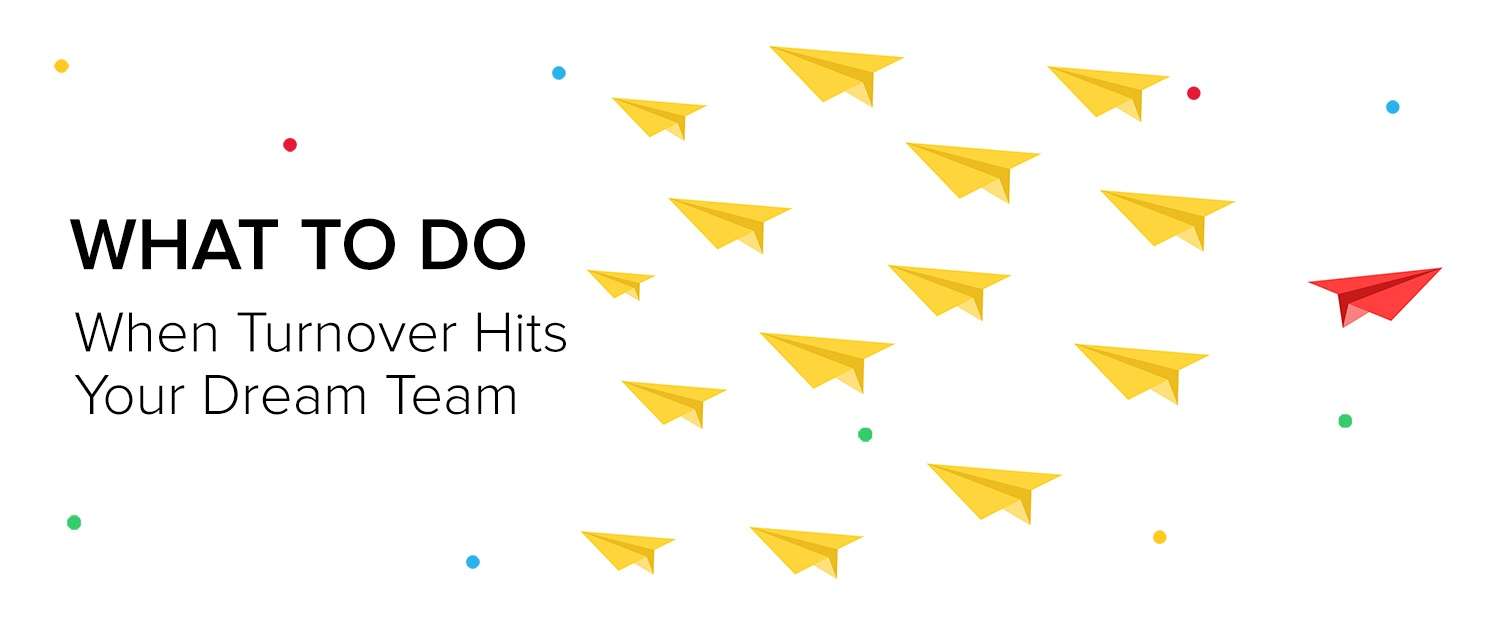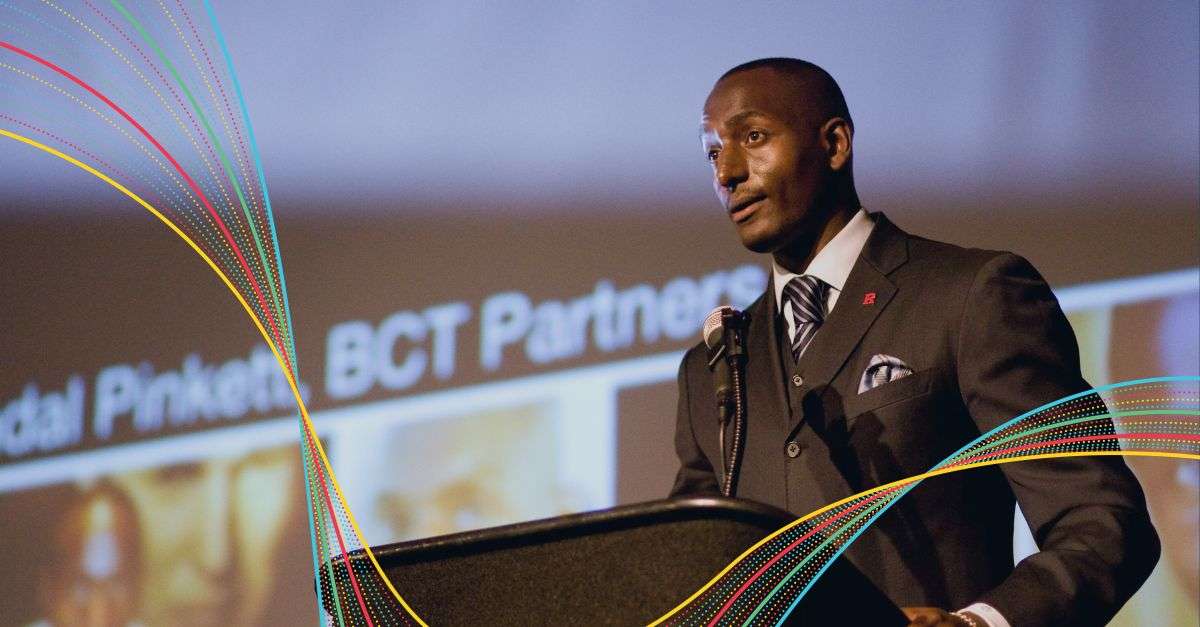There’s nothing better than a team that’s found its rhythm. Healthy debate, deep trust, respect for each others’ ideas, mutual accountability and support...it’s truly the dream team.
And then someone leaves.
Dealing with employee turnover is always a challenge, and it can be particularly disruptive when it happens to a tight-knit, high-performing team. No matter how great things are today, when a key person leaves, it can throw off your productivity, morale and even your results.
People leave. That’s the reality. But the best defense against turnover is having a plan in place before the inevitable happens. Let’s look at a Whole Brain ® approach you can follow to plan for turnover and keep your team on track when a member departs and a new member comes on board.
A. Analyze, Gather Data
- Analyze the thinking on the team: Will turnover create mental “blind spots” for the team? With a clear understanding of thinking preferences (the individual members’ and the team as a whole), you can be proactive and intentional about filling potential thinking gaps—through the team’s ability to stretch and when bringing in a new member.
- Practice good data and file management: Use technology to your advantage to create a “single source of truth” so that everyone has access to (and can easily find) accurate, essential knowledge and data, even when someone leaves.
- Clarify goals: Don’t allow a single disruption to throw off your game. Keep your eyes on the prize, and stay focused on what you’re trying to achieve. Use a tool like the Team Dashboard to take stock and recalibrate if necessary.
B. Organize, Document, Plan for Gaps
- Develop processes and procedures: And then document, document, document. Get it all down so there’s no confusion. This includes guidelines and preferred methods for communication, workflows, roles and responsibilities, timelines and standards for feedback and reviews, and any other critical individual and team processes necessary to keep things running.
- Look for ways to get more efficient: Particularly if you’re going to be down a person for a significant period of time, the team needs to be operating at maximum efficiency. Replace broken, outdated or unnecessary processes, and outsource or offload tasks the team doesn’t need to be doing.
- Have a back-up plan: Sabbaticals, illness and any kind of leave—not just turnover—can happen at any time, including at that pivotal moment in the project. Contingency planning can be a team’s saving grace. Think ahead and determine how you’ll fill the gap before you’re in the middle of it.
C. Communicate, Reinforce Culture
- Discuss impact and concerns: When someone leaves, morale can take a hit. Encourage team members to discuss their concerns and be aware of the impact to existing workloads.
- Reinforce support systems: Until you replace that team member, everyone may be feeling stretched and overwhelmed. Recognize that pressure and stress can affect each person’s thinking differently, and avoid making issues personal—or taking others’ off-the-cuff reactions personally.
- Maintain an open, welcoming environment: It’s not easy for a new person to break into an already tight-knit team. Veteran team members may unintentionally exclude the newbie without even realizing it. Reinforce the team’s culture and dig deeper into what each person brings to the table using a tool like the HBDI Team Profile. Then try a few team-building exercises to build trust and mental flexibility.
D. Explore Possibilities, Lighten Up
- Revisit strategy: Now’s a good time to take a step back and revisit the big picture. Is the team still aligned to take you where you need to go? Is that where you still want to go? Don’t just continue on like you always have just because you’ve always done it that way. Use this opportunity to consider the long view and future needs.
- Look for new possibilities: Sometimes a shake-up, even when it’s forced on you, is just what the team needs to break through a plateau. Get out the blank page, flex your imagination and let your minds wander. You might be surprised by what you discover.
- Take a breather: Happy teams are productive teams. When the pressure heats up, you may not always be able to lighten the load, but you can usually find creative ways to lighten the mood. Whether you have lunch delivered, play a quick game or just take a minute out to laugh, a little break can go a long way toward alleviating the stress of change and uncertainty.
When a team or an organization experiences continual high turnover of good employees, then it’s probably a symptom of something larger, like a cultural or leadership issue. But even in the best of situations, employees will leave—for all kinds of reasons. Don’t let it throw your team for a loop. Think ahead, and your team will come out stronger for it, no matter what comes its way.












